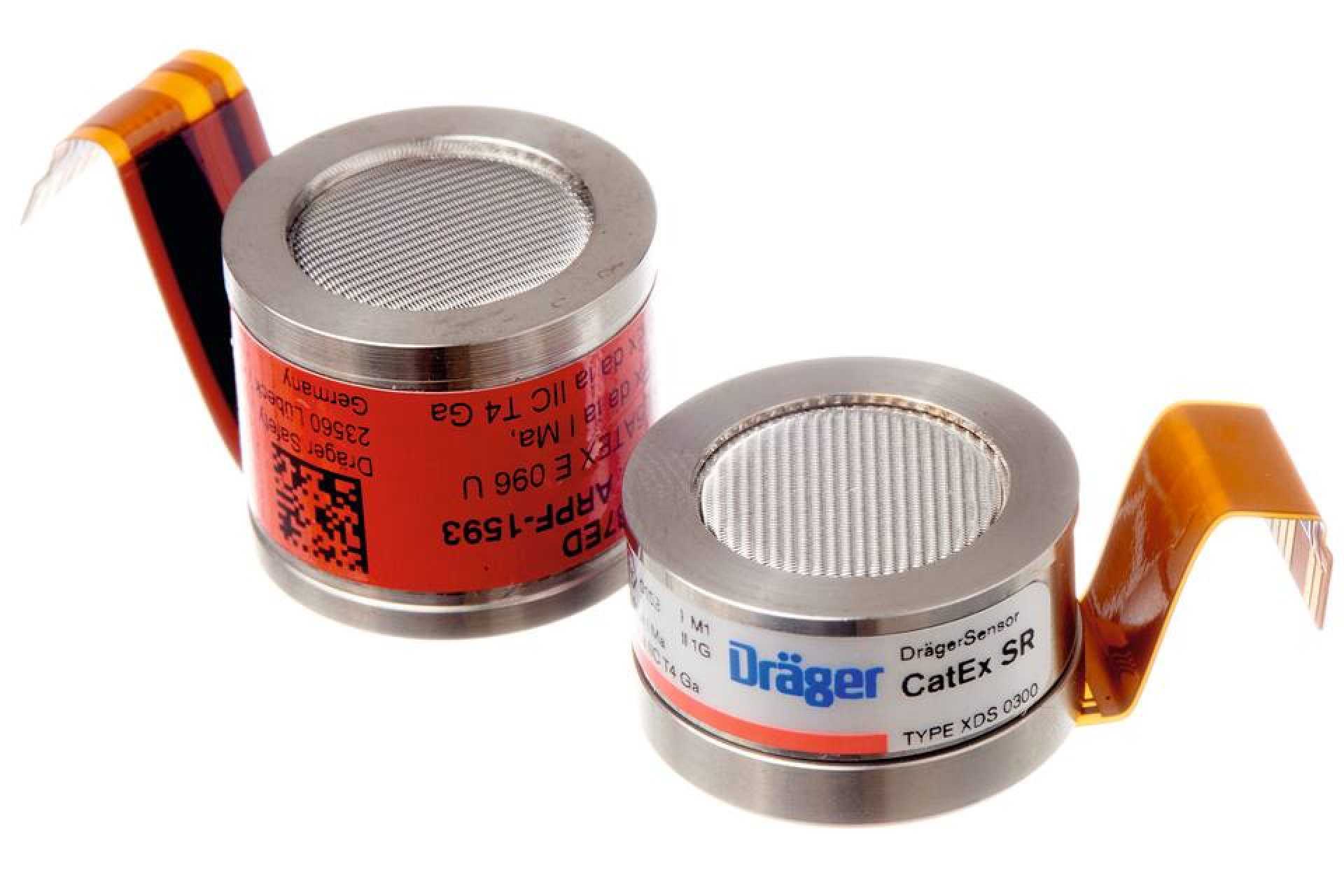Catalytic Sensors in Gas Detectors: A Crucial Technology for Safety

Catalytic sensors, also known as "catalytic bead sensors", are widely used in gas detectors, particularly for detecting flammable gases such as methane, propane, and hydrogen. These sensors play a vital role in industrial safety systems, including petrochemical plants, mining operations, and energy storage facilities.
Working Principle of Catalytic Sensors
Catalytic sensors operate by detecting heat generated from a chemical reaction between flammable gases and oxygen on the surface of a catalyst. This reaction produces heat, which alters the electrical resistance of ceramics or metals within the sensor. The change in resistance is measured and converted into an electrical signal that indicates the concentration of gas in the air.
Components of Catalytic Sensors
1. Ceramic Bead: Serves as the base for the catalyst, often made of platinum or palladium.
2. Resistance Detector: Detects changes in resistance caused by heat.
3. Electrical System: Converts sensor signals into readable values for the user.
Advantages of Catalytic Sensors
1. High Accuracy: Capable of detecting flammable gases across low to high concentration ranges.
2. Durability and Longevity: No moving parts ensure a long operational life.
3. Cost-Effectiveness: More affordable compared to other technologies like infrared sensors.
Limitations of Catalytic Sensors
1. Requires Oxygen: The chemical reaction cannot occur without oxygen in the air.
2. Susceptible to Contaminants: Substances like silicone or sulfur can degrade the catalysts efficiency.
3. Not Suitable for Non-Flammable Gases: Such as carbon dioxide.
Industrial Applications
Catalytic sensors are used in various scenarios, such as:
- Detecting gas leaks in industrial facilities.
- Fire prevention systems in areas with flammable gases.
- Air quality control in mining operations.

